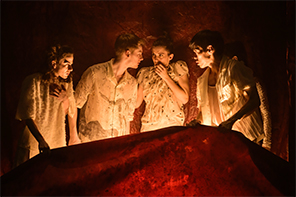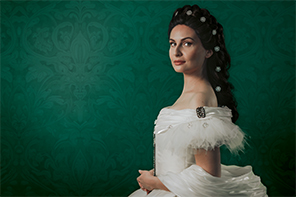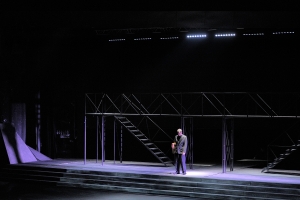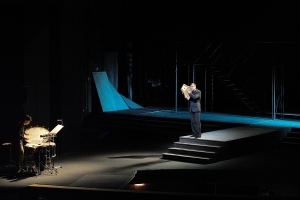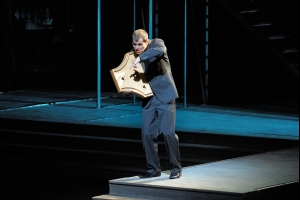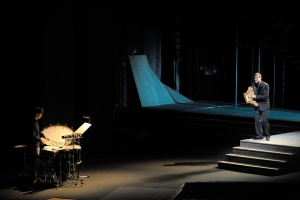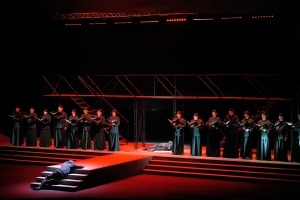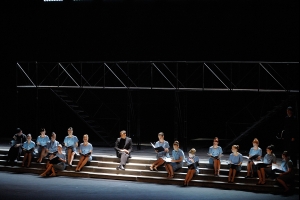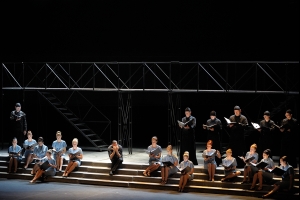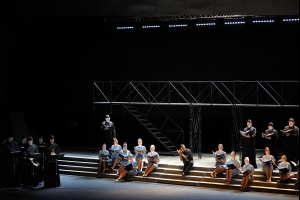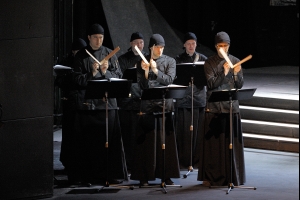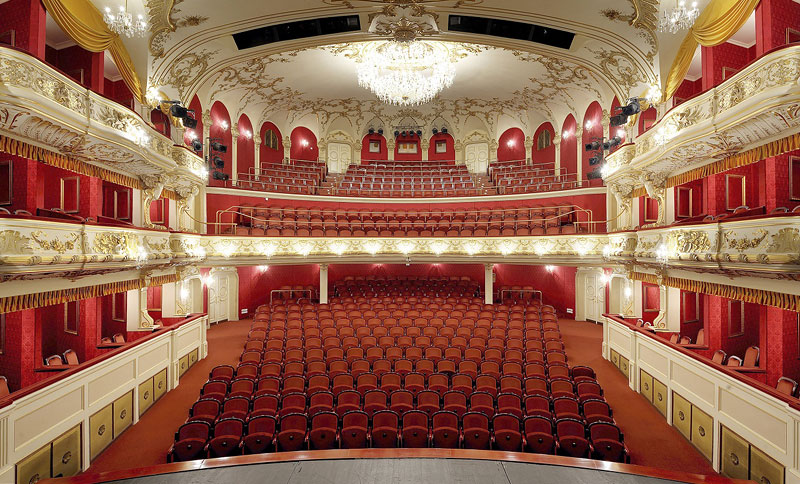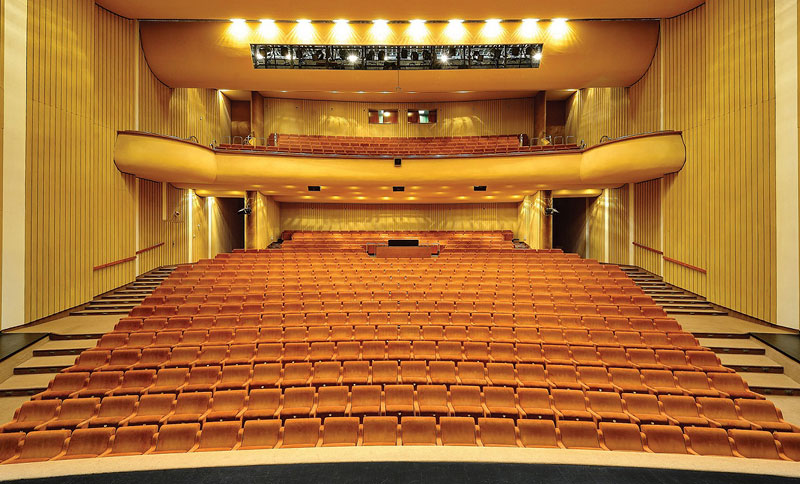EXTRA ACTION - OPERA
Oresteia
Premiere Jun 30, 2016, 6.30 PM
Jiří Myron Theatre
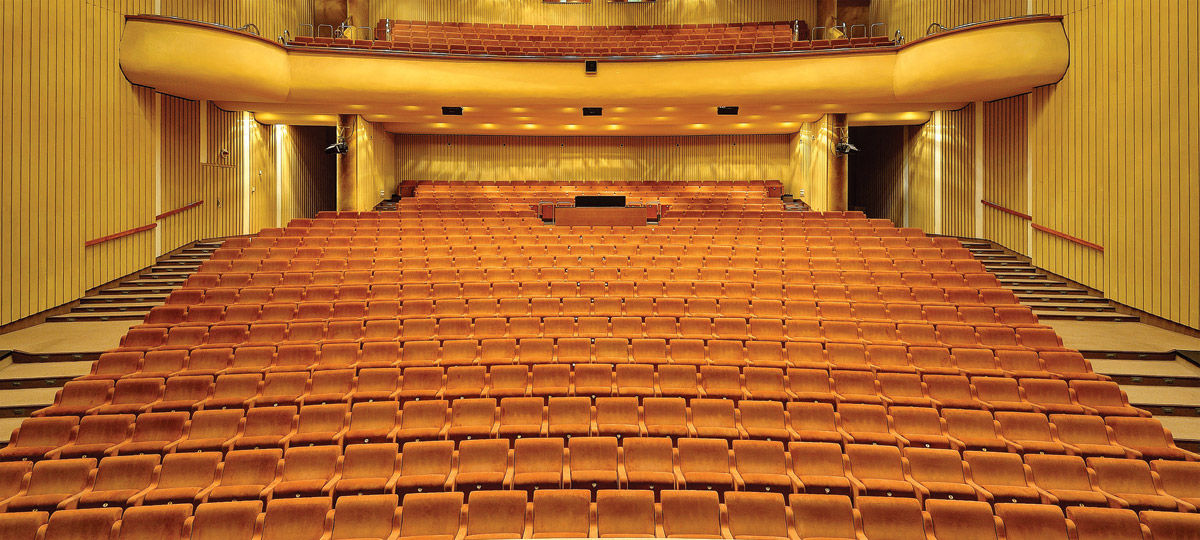
Oresteia
Premiere Jun 30, 2016, 6.30 PM - Jiří Myron Theatre
Czech premiere
This performance is a part of the festival NODO / New Opera Days Ostrava 2016
|
Iannis Xenakis (1922–2001) was a composer of Greek origin, but spent his entire artistic career in France, where he fled persecution for having taken part in an uprising after World War II. Holding a degree in civil engineering,
in Paris he first worked at the studio of the architect Le Corbusier, where he co-authored some architectonic designs and realizations. Xenakis came to the world of music as an outsider lacking the requisite education and training (he was encouraged only by Olivier Messiaen) but within a few years he became one of the most influential and original composers. Xenakis’s approach to music differed markedly from the conception of his contemporaries, who were mostly developing the post-Webern idiom or generally some other musical tradition. More than the intellectual world of Europe in recent centuries, it was the philosophers of pre-classical antiquity who interested Xenakis. He drew inspiration from mathematics, physics, and natural processes. For him, music was above all a sound synthesis in the most general sense, and he conceived of it in categories of density, discreteness or continuity, ratios of periodic (tonal) and non-periodic (noise) components of sound, and similar “non-musical” concepts. Corresponding to his extra-musical inspiration is the radically new expression of Xenakis’s music: it is brutally objective, non-psychologizing, and independent of traditional forms. Xenakis’s oeuvre is characterized by a noteworthy continuity. His first compositions already contain the principles that he developed and elaborated upon throughout his life. Although most of his compositions make nearly unbelievable demands on musicians, Xenakis’s music has attracted outstanding performers from the beginning, and few composers have pushed the limits of possibility to the extent that Xenakis has. (Petr Bakla)
|
|
In Greek with Czech subtitles |
|
Produced by Ostrava Center for New Music in cooperation with The National Moravian-Silesian Theatre.
|
Conductor
Stage director
Set designer
Chorus master
| Date | Time | Stage | Type | Detail | Tickets |
|---|---|---|---|---|---|
| Jun 30, 2016 | 6.30 PM | Jiří Myron Theatre | Premiere | show detail |
Inscenace není v této sezóně na repertoáru.






